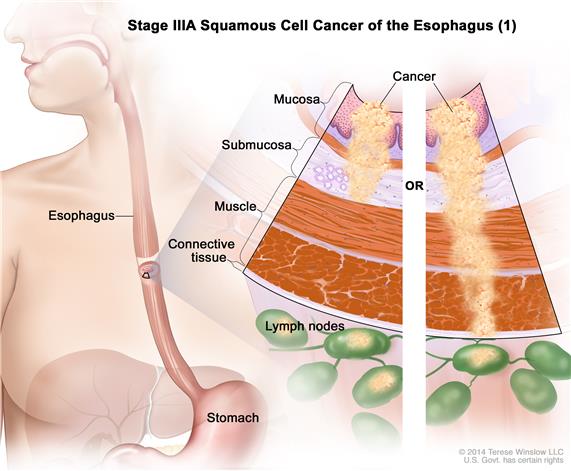May 1031, 10098

Authors
Fuminori Sonohara; Feng Gao; Naoki Iwata; Mitsuro Kanda; Masahiko Koike; Naoki Takahashi; Yasuhide Yamada; Yasuhiro Kodera; Wang X*; Ajay Goel
Annals of Surgery 2017, doi:10.1097/SLA.0000000000002622
Objective
This study aimed to develop a gene-expression signature for identification of lymph node (LN) metastasis in esophageal squamous cell carcinoma (ESCC) patients.
Summary of Background Data
LN metastasis is recognized as the most important independent risk factor for therapeutic decision-making of ESCC patients.
Methods
A bioinformatic approach was used to analyze RNA sequencing profiles of ESCC patients, and to develop a gene-expression signature for identifying LN metastasis. The robustness of this panel was assessed in 2 independent patient cohorts (n = 56 and 224).
Results
We initially prioritized a 16-gene signature out of the total 20,531 mRNAs. The model estimated by these 16 genes discriminated LN status with an area under the curve (AUC) of 0.77 [95% confidence interval (95% CI), 0.68–0.87, 5-fold cross-validation]. Subsequently, a reduced and optimized 5-gene panel was trained in a clinical cohort, which effectively distinguished ESCC patients with LN metastasis (cohort-1: AUC, 0.74; 95% CI, 0.58–0.89; cohort-2, T1-T2: AUC, 0.74; 95% CI, 0.63–0.86), and was significantly superior to preoperative computed tomography (AUC, 0.61; 95% CI, 0.50–0.72). Furthermore, a combination signature comprising of the 5-gene panel together with the lymphatic vessel invasion (LVI) and venous invasion (VI) demonstrated a significantly improved diagnostic performance compared with individual clinical variables, in both cohorts (cohort-1: AUC, 0.87; 95% CI, 0.78–0.96; cohort-2: AUC, 0.76; 95% CI, 0.65–0.88).
Conclusion
Our novel 5-gene panel is a robust diagnostic tool for LN metastasis, especially in early-T stage ESCC patients, with a promising clinical potential.

